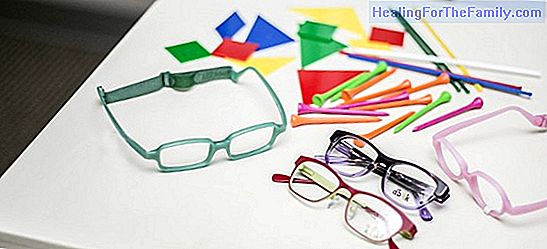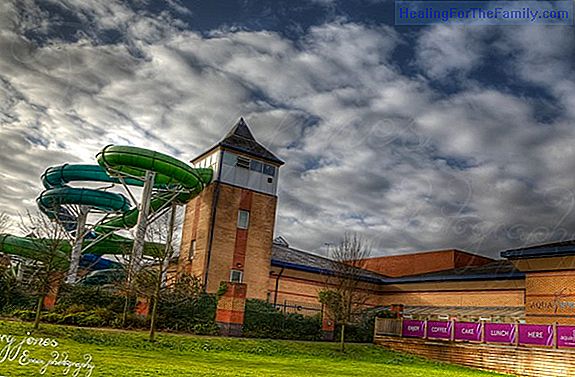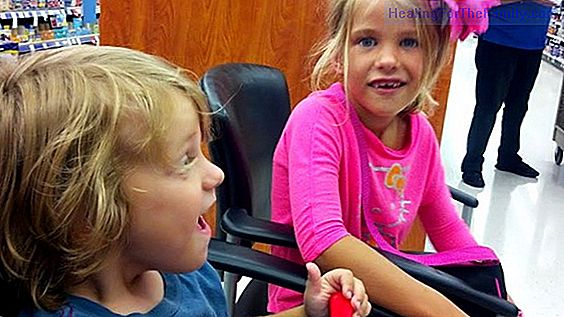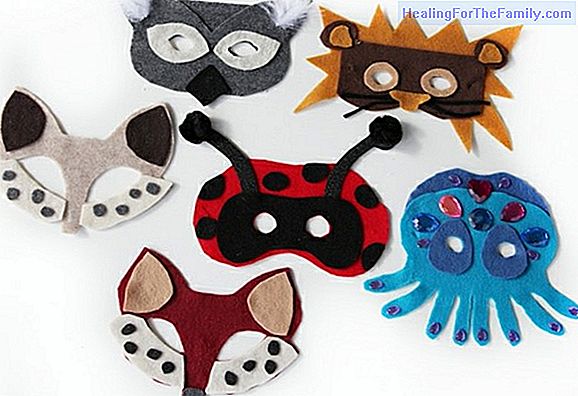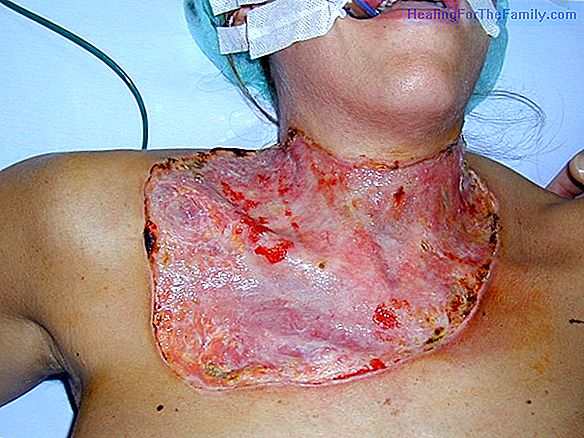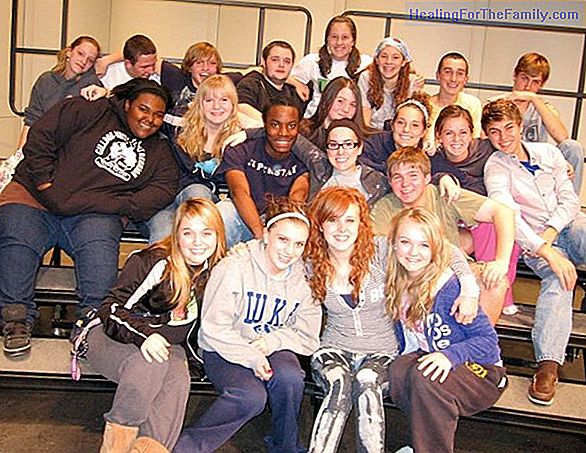Fever in babies and children. What parents should do
One of the main reasons for pediatric consultation, both in hospital services and in primary care services, is fever in the child. Fever is the elevation of normal body temperature: more than 38º C if measured in the rectum or more than 37.5º C if measured in the armpit. From 37.5ºC to 38ºC, axillar
One of the main reasons for pediatric consultation, both in hospital services and in primary care services, is fever in the child. Fever is the elevation of normal body temperature: more than 38º C if measured in the rectum or more than 37.5º C if measured in the armpit. From 37.5ºC to 38ºC, axillary is considered a low-grade fever.
The most frequent cause of fever in infants and children is a viral infection. According to the recommendations of the SEUP (Spanish Society of Pediatric Emergencies) this is what parents should know about fever in the pediatric age.
What parents can do if the baby or child has a fever
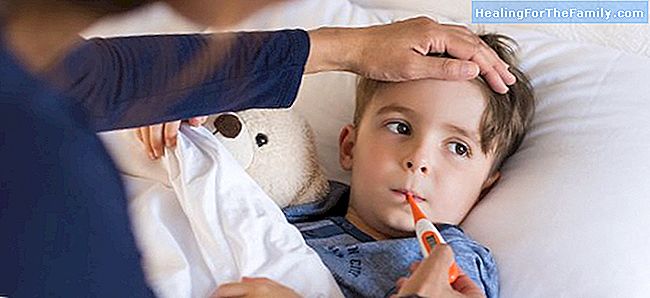
It is advisable to measure the temperature with the thermometer. It is true that fathers and mothers know when the child has a fever because of his attitude, his 'chapetas', when putting his hand on his forehead or on his back ... but the pediatrician is going to ask the degree of fever ... and it can not be something approximate.
- It is only necessary to lower the fever if the child is upset. This occurs, generally, from 38-38.5ºC. Also if the child has a history of febrile seizures, it is advisable not to let the temperature increase too much, although the first sign that the child has a fever may be seizure. Whether or not a seizure occurs is not related to the degree of high fever, but more to individual susceptibility, and sometimes to sudden changes in temperature.
- The child should not be cuddled, if it is cold, it is best to cover it so that it feels better, but not overly warm. The temperature of the house must be tempered.
It is advisable to offer plenty of fluids, without forcing it, since the increase in body temperature increases the insensible losses of body fluid.
- Use the doses of antipyretics recommended by your pediatrician respecting the intervals between them. Whenever possible, administer them by mouth, not rectally, since absorption is more accurate.
- According to the latest pediatric recommendations you should not alternate medications to treat fever. It is advisable to use only one in the proper doses.
- Baths with warm water (physical measures) reduce fever little. You can use them to help antipyretics, but always at a temperature 2 degrees lower than the child's fever. Do not use alcohol compresses or cold water.
When to go to the emergency room if the baby has a fever
- If the child is less than 3 months old. Blood and urine tests will usually be requested from the baby, since they are at higher risk of serious infection.
- If your child is drowsy, listless or, on the contrary, very irritable.
- If you have had a seizure for the first time.
- If you complain of severe headache and vomit several times.
- If the child breathes with difficulty, you feel the ribs, breathe quickly or make unusual noises when breathing.
- When red spots appear on the skin that do not disappear when pressed (this is the petechiae, which can be a sign of a serious infection).
Important information about fever in babies and children
- Fever is not bad in itself, it is a sign that there is some pathology, usually infectious. It is a way that our body has to fight against infection.
- The fever does not cause damage to the brain until it reaches 42º C or more.
- Antipyretics do not cure the infection, they only help the child feel better. Therefore the infectious process will continue its course, despite the antipyretics.

